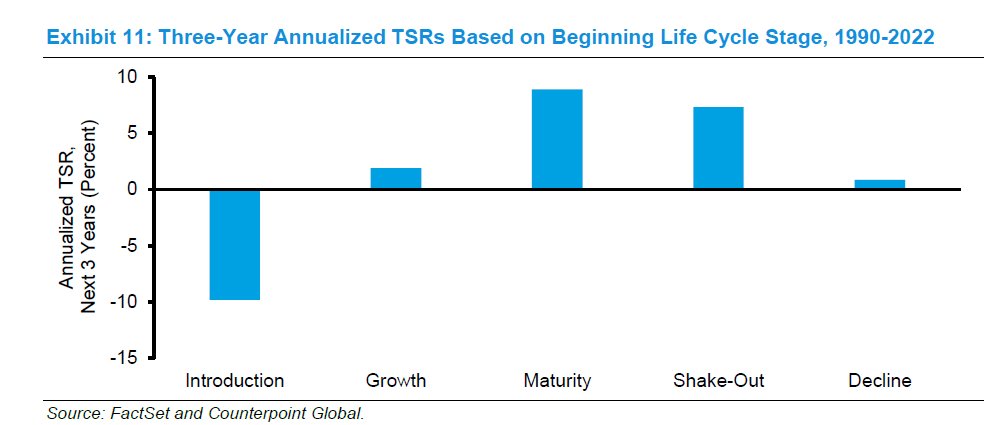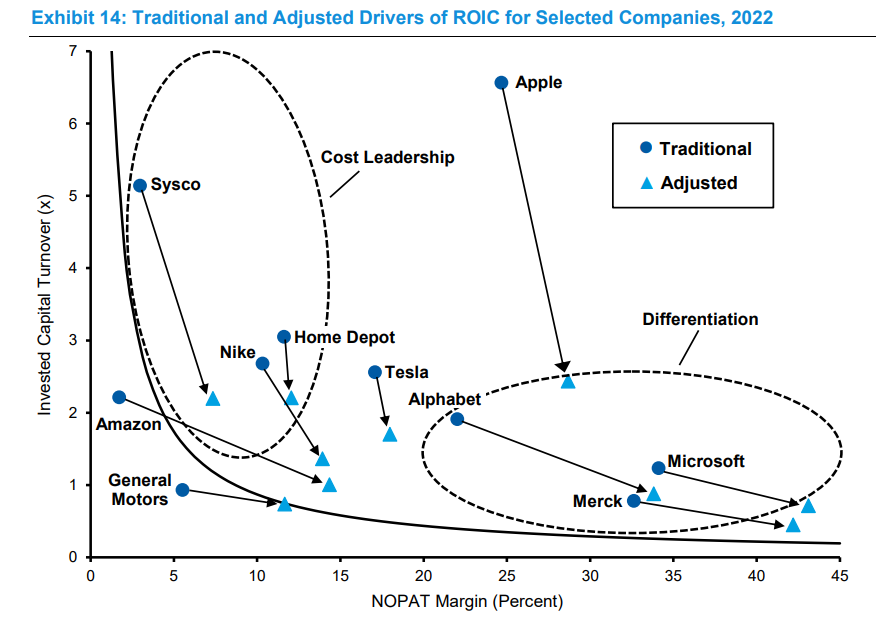In 1929, a young lawyer named Floyd Odlum raised millions which he used to roll up distressed assets after the crash.
And yet, the Great Depression’s most successful investor, is completely forgotten today. This is the story of an unlikely triumph with a tragic ending.
And yet, the Great Depression’s most successful investor, is completely forgotten today. This is the story of an unlikely triumph with a tragic ending.

Odlum was born in 1892 in Michigan the youngest son of a minister. He worked throughout school and college, piling scrap lumber, selling kitchenware, even riding racing ostriches one summer.
The family moved to Colorado where he attended law school – his ticket to a better life.
The family moved to Colorado where he attended law school – his ticket to a better life.
After a stint at a utility, he was recruited by prestigious NYC law firm Simpson Thatcher.
He joined their client Electric Bond and Share, one of the biggest utility companies. Odlum worked closely with Ebasco’s president and ran acquisitions in England and the Americas.
He joined their client Electric Bond and Share, one of the biggest utility companies. Odlum worked closely with Ebasco’s president and ran acquisitions in England and the Americas.

He and his friends pooled $39,000 into an investment company which he later called Atlas. He traded utility stocks, likely benefiting from his unique information edge..
By 1929, he had done well and investors were clamoring to get in. Odlum took advantage and raised some $12mm.
By 1929, he had done well and investors were clamoring to get in. Odlum took advantage and raised some $12mm.
Legend had it that he sold half his stocks before the crash. The truth seems to be that his utility stocks dropped less than the market and temporarily recovered. In any event, the market was distressed and Odlum had the war chest and the expertise to take advantage. 

Investment trust had traded at a premium to their assets - now they traded at steep discounts. “Special situation” investor Odlum was born. From 1930 to 33, he acquired 22 trusts, as cheaply as 60 cents on the dollar. Goldman’s Sidney Weinberg called him “fifty cent Odlum” 

Due to his success, Odlum's stock traded at a higher valuation and became valuable currency to exchange it for the target's stock.
Once he had the target’s portfolio of securities, at a discount, it was like "rolling a snowball" - he could use the new assets for the next deal.
Once he had the target’s portfolio of securities, at a discount, it was like "rolling a snowball" - he could use the new assets for the next deal.
Oh, and it seems that in some cases he had to pay off the target’s directors to make the deal happen.
Between April 1930 and 1936, the market was down 35% while Odlum’s net assets more than doubled. Atlas became the largest investment trust and Odlum a celebrity among investors.
Between April 1930 and 1936, the market was down 35% while Odlum’s net assets more than doubled. Atlas became the largest investment trust and Odlum a celebrity among investors.

He became more famous with his marriage to pilot Jackie Cochran, a pioneer in women’s aviation. She became a record-setting famous racing pilot and broke the sound barrier, with coaching by her friend Chuck Yeager, in 1953.
Here’s a good thread on her:
Here’s a good thread on her:
https://twitter.com/AmyShiraTeitel/status/1236767831934435328
But there was wrinkle. Odlum’s net worth was mostly invested in Atlas stock and, unlike today’s fund managers, he only took a salary (not 2 & 20) – which was not enough for his family’s lifestyle and his wife’s passion for flying.
Atlas had to continue to perform.
Atlas had to continue to perform.

Odlum had more success in distressed and deep value investments: he bought the RKO studio and sold it to Howard Hughes for a $17mm profit.
And at the end of WWII, he bought cheap oil companies and an aircraft manufacturer when energy and defense stocks sold off.
And at the end of WWII, he bought cheap oil companies and an aircraft manufacturer when energy and defense stocks sold off.
But times changed and he lost his golden touch. He invested in a struggling motorcycle company, an airline, and bought up uranium mines. His new investments were built on hope - and required more and more cash.
Rather than taking advantage of others, Odlum had become the patsy.
Rather than taking advantage of others, Odlum had become the patsy.
The motorcycles wouldn’t turn (around). The airline found itself with a delivery of obsolete propeller planes in the jet age. Uranium supply surged, government price support ended, civilian demand was slow to pick up.
Atlas was in bad shape by the time Odlum resigned in 1960.
Atlas was in bad shape by the time Odlum resigned in 1960.
In the end, he had to leave his heavily mortgaged Palm Springs ranch. Today, he is mostly known for being Jackie Cochran’s husband. 

Odlum never believed he could beat the market outside of special situations.
His strategy was to "acquire holdings in enterprises fundamentally sound that have met with difficulties which seem capable of solution."
His strategy was to "acquire holdings in enterprises fundamentally sound that have met with difficulties which seem capable of solution."
He didn’t hold on to good companies: “Once the job is done, we've got to move on. We can't be a holding company."
It is unfortunate that he didn’t pivot when the distressed opportunity set disappeared. And that he couldn’t charge 2&20 on the country’s largest investment fund 😉
It is unfortunate that he didn’t pivot when the distressed opportunity set disappeared. And that he couldn’t charge 2&20 on the country’s largest investment fund 😉

"I don't look at stock quotations from day to day. And by the same token, I can't tell you what the national income at the moment is or the gross national product. In fact, I don't give a damn. I want to know simply whether it's going up or down."
You can find a more detailed writeup of his story my substack (premium post):
neckar.substack.com/p/the-complex-…
neckar.substack.com/p/the-complex-…
There is also an unpublished biography. You can find the introduction here. I recorded a conversation with the author, David Clarke, which I will share soon.
scribd.com/document/38432…
scribd.com/document/38432…
Kicking off a thread with a mistake is the reason why a limited-time edit button would be gud🥺
Missed this thread by @marketplunger1
https://twitter.com/marketplunger1/status/1395499377205067776?s=21
• • •
Missing some Tweet in this thread? You can try to
force a refresh
















